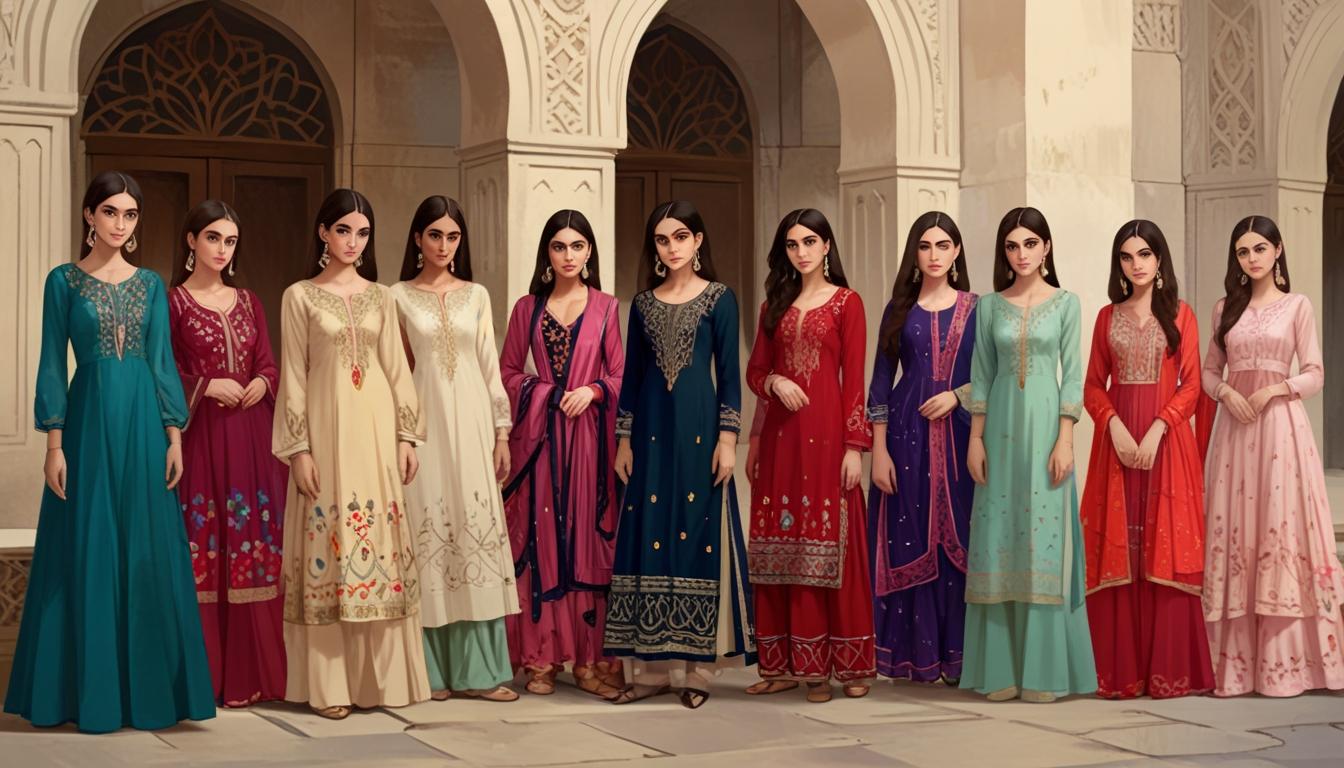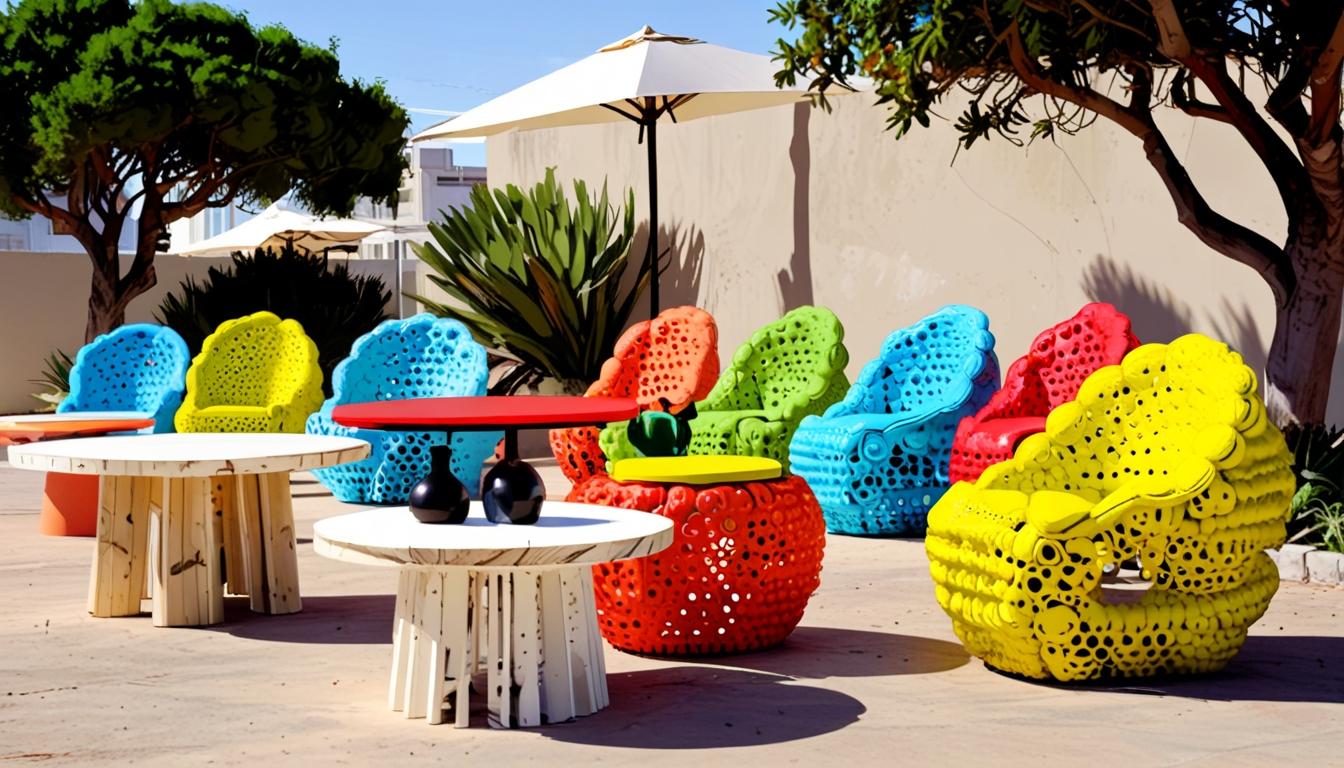Once a staple of Mughal royal attire, the Farshi Shalwar is having a resurgence in the fashion industry, blending tradition with modern trends.
A fashion trend rooted in historical significance is making a resounding comeback in 2025: the Farshi Shalwar. Once synonymous with the opulence of Mughal royalty, this once relegated garment is now capturing the attention of fashion enthusiasts and influencers across Pakistan. Its resurgence is not just a revival of aesthetics but a celebration of cultural heritage interwoven with contemporary styles.
The Farshi Shalwar, with its signature floor-length, draped silhouette, reintroduces an elegant charm that appeals to modern sensibilities. The term ‘farsh’ translates to “floor,” aptly describing the way this garment glides behind the wearer, evoking an air of regality. After having fallen out of favor for several years, the Farshi Shalwar is finding new life beyond bridal attire. It is increasingly seen gracing festive occasions, including Eid celebrations and high-profile social gatherings.
Celebrity endorsements play a crucial role in the trend’s popularity. Ayeza Khan was notably a standout, whose Eid photoshoot donned a contemporary and embellished version of the Farshi Shalwar that quickly went viral. Following suit, fellow actress Sadaf Kanwal showcased her own take on the garment, opting for a sleek black velvet variant, demonstrating the versatility of the piece for various glamorous events, particularly winter weddings.
Fashion designers are enthusiastically responding to this trend. Labels such as Iqbal Hussain and Sadaf Kanwal Fashion are embracing the renewed interest by infusing the Farshi Shalwar with fresh interpretations. They are incorporating intricate metallic embroidery, daring necklines, and rich fabrics like silk and jamawar, ensuring these garments align with the modern woman’s wardrobe.
Current adaptations of the Farshi Shalwar highlight key elements tailored for contemporary appeal. The trend of pairing these flowy trousers with shorter, fitted kurtis or chic cholis reflects a balanced design approach, moving away from the heavy styles of the past. Color palettes are bold, featuring jewel tones such as emerald greens, sapphire blues, and deep maroons, complemented by metallic accents and artisanal handwork. Additionally, the styling choices accompanying this look include statement jhumkas, eye-catching makeup, and sleek hairstyles, all aimed at allowing the Farshi Shalwar to take center stage.
This fashion revival signifies more than just a nostalgic nod; it symbolizes a unique blend of heritage and modernity. The return of the Farshi Shalwar stands as a testament to the resilience of cultural fashion, pivoting towards elegance while embracing contemporary trends. With its sweeping silhouette and storied past, the Farshi Shalwar is projected to dominate the fashion landscape in the coming year, embodying a narrative of timeless style that resonates with both tradition and fashion-forward thinking.
Source: Noah Wire Services




